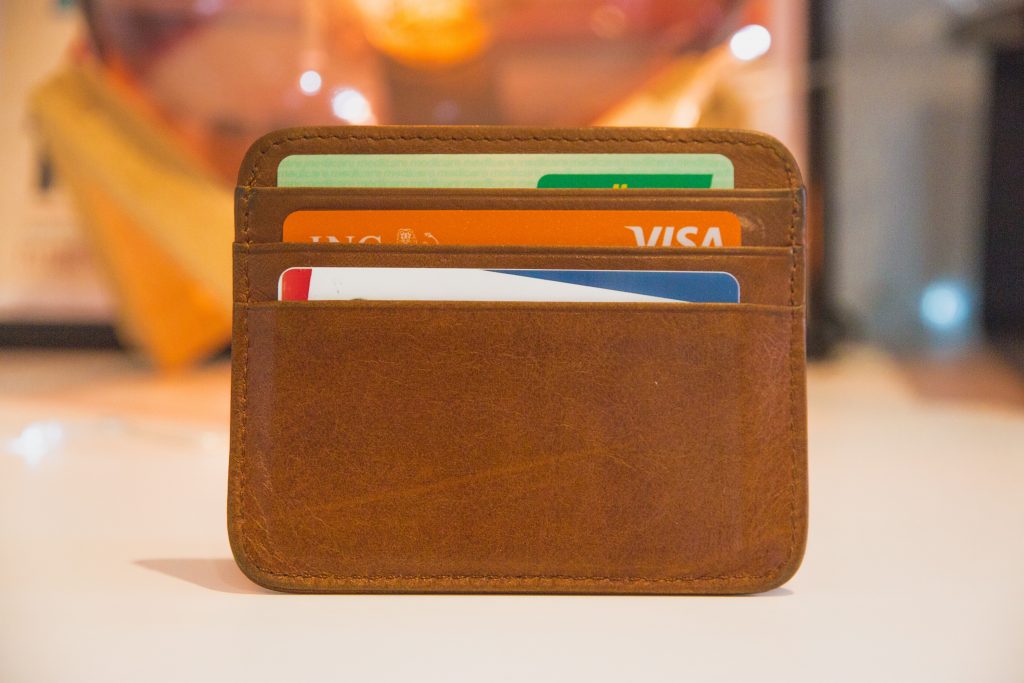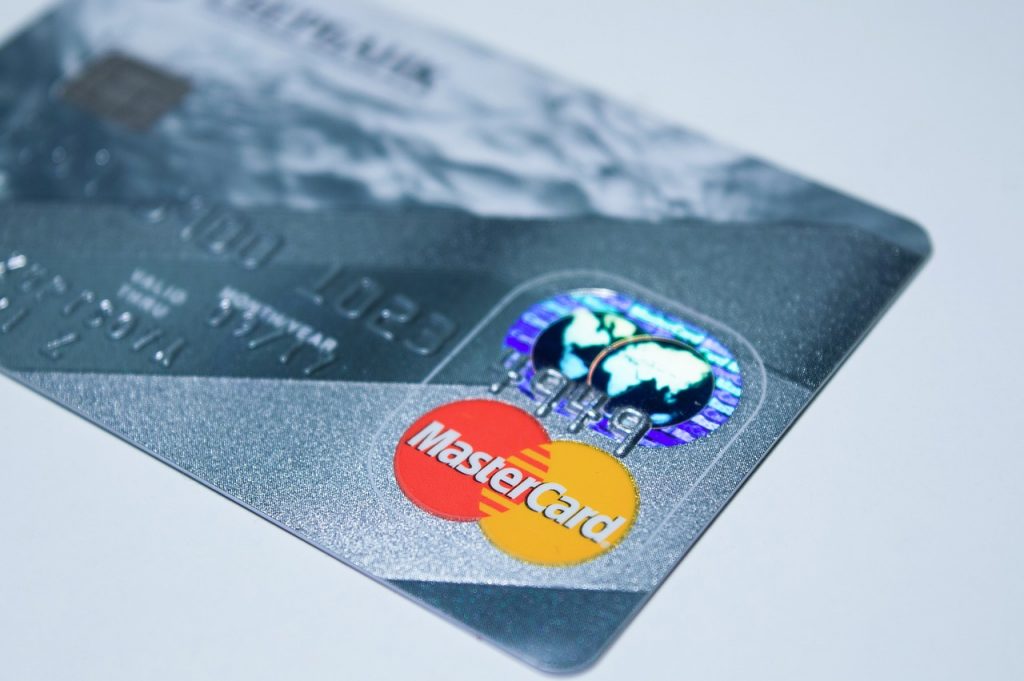
Trying to stretch a paycheck across groceries, daycare, bills, and unexpected expenses can feel like starring in a horror film—only the villain is your bank balance. Family budgeting nightmares are more common than you think, and many of them come from hidden traps and habits that quietly drain your resources. The good news? They’re fixable. By uncovering the real reasons your budget might be breaking down, you can stop living paycheck to paycheck and start building a financial future you actually feel good about. These seven truths might be hard to hear, but they’re exactly what you need to change your money story.
1. You’re Guessing Instead of Tracking
One of the most overlooked family budgeting nightmares is not actually knowing where your money goes. It’s easy to assume you’re “doing okay” based on how much is left in your account at the end of the month, but that method leaves huge gaps. Small purchases like coffee runs or extra streaming services add up fast. Without tracking every dollar, it’s nearly impossible to create an accurate or effective budget. Use an app or even a notebook to log spending for at least a month and watch the clarity come rolling in.
2. Budgeting Without a Buffer Is Asking for Trouble
If your budget doesn’t include wiggle room for the unexpected, you’re setting yourself up for stress. Car repairs, last-minute school fundraisers, and medicine for a surprise illness aren’t luxuries—they’re life. When every dollar is already assigned, those moments push you straight into credit card territory. Aim to build a small emergency fund, even if you start with just $20 a paycheck. That buffer turns financial panic into a manageable detour.
3. You’re Underestimating the Power of Small Cuts
People often think fixing a budget means slashing the biggest expenses, like moving or changing jobs. But some of the best improvements come from trimming smaller areas first. Cutting a few takeout meals or scaling back on brand-name groceries can free up more money than you realize. These changes are less painful and more sustainable than the dramatic ones. Over time, those little cuts grow into big savings.
4. Your Goals Aren’t Driving the Budget
A lot of families make the mistake of budgeting without any long-term goals attached. When you don’t know what you’re working toward, it’s hard to stay motivated. Saving for a vacation, paying off debt, or planning for a future home gives your budget purpose. Tie your budget to something meaningful and suddenly those small sacrifices feel worth it. A budget without a goal is just a list of restrictions.
5. Credit Cards Are Quietly Sabotaging Your Progress
Credit cards can be helpful tools—but they’re also one of the sneakiest contributors to family budgeting nightmares. Interest fees and impulse spending make it hard to stay within budget, especially when cards are used to “fill the gap” every month. If you’re relying on credit to make ends meet, it’s time to reassess. Consider a temporary freeze on card use while you work on rebalancing your expenses.
6. Budget Meetings Are Rare or Nonexistent
If only one person handles the budget, it’s easy for misunderstandings and resentment to grow. Regular budget check-ins with your partner or family—even if they’re short and sweet—build transparency and accountability. Everyone should understand the financial goals and the reasoning behind certain spending limits. It also helps kids develop money smarts when age-appropriate conversations are included. A united front makes sticking to a plan far easier.
7. You’re Ignoring Seasonal Spending
From back-to-school costs to holiday gifts, seasonal spending is often left out of monthly budgets. Then it hits like a freight train and wipes out all your progress. Anticipating these expenses and setting aside a little throughout the year removes the surprise. Some families even create “sinking funds” for categories like birthdays, school clothes, and car maintenance. Preparing for the predictable makes budgeting feel less like a trap and more like a tool.
Take Back Control and Reclaim Your Budget
The worst part of family budgeting nightmares is the feeling that you’re doing your best and still falling behind. But by recognizing what’s really going wrong, you can take back control—one smart decision at a time. Budgeting isn’t about perfection. It’s about planning for reality, adjusting when needed, and staying connected to your goals. Don’t be afraid to shine a light on the scary parts. That’s where your power starts.
Which budgeting secret surprised you the most? Share your own money wins (or learning moments!) with us in the comments!
Read More:
7 Expenses That Are Quietly Wrecking Your Family Budget
10 Effective Tips to Build a Budget for You and Your Family
Catherine is a tech-savvy writer who has focused on the personal finance space for more than eight years. She has a Bachelor’s in Information Technology and enjoys showcasing how tech can simplify everyday personal finance tasks like budgeting, spending tracking, and planning for the future. Additionally, she’s explored the ins and outs of the world of side hustles and loves to share what she’s learned along the way. When she’s not working, you can find her relaxing at home in the Pacific Northwest with her two cats or enjoying a cup of coffee at her neighborhood cafe.












